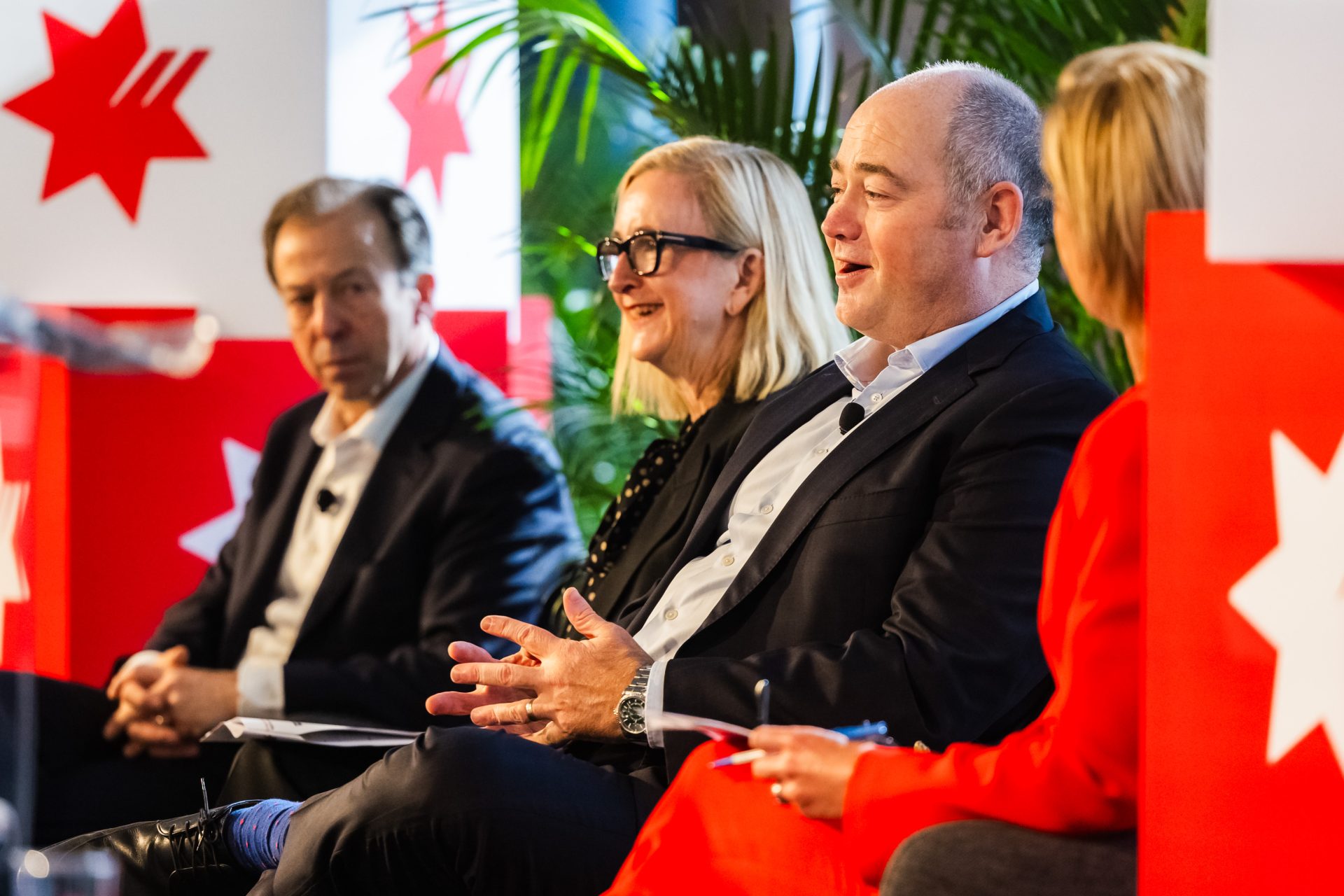A new Australian engineering standard released for zero-carbon cement has removed one of the key barriers to wider market acceptance of Earth Friendly Concrete (EFC®), touted by construction and materials group Wagners as a solution for hard-to-abate emissions embodied in concrete.
It’s taken six years for a joint project by Wagners and the University of New South Wales (UNSW) to gain technical recognition in Australia for EFC®, despite the world’s enormous decarbonisation challenge and traditional concrete accounting for eight per cent of annual global emissions.
European technical approval, which has so far taken seven-years, is expected shortly.
Michael Kemp, a 20-year Wagners veteran and chief executive of its EFC® division since April 2022, said most concrete producers have a low-carbon product.
“But the challenge as I see it is that they are still using cement and a significant amount of it,” Mr Kemp said.
“Our approach has been to eliminate cement and instead use waste-streams – slag, the waste product from steel manufacturing, and ash, the waste product from coal-fired power stations – and a concentrated alkaline solution to make it go grey and hard.
“We’ve been able to make the product the same strength as concrete for a decade or more.”
Cement – the binding substance that sets, hardens and adheres to other materials – is the biggest contributor to embodied carbon in concrete.
According to Wagners, EFC® or geopolymer concrete is much more sustainable, slashing carbon by about 70 per cent and saving 250kg of CO2 per cubic metre poured.
For a large infrastructure project requiring 50,000 cubic metres of concrete, the product is estimated to save more than 12,000 tonnes of CO2 emissions – equivalent to taking 4500 cars off the road for a year, or 814 trees in a typical carbon offset program.
In addition to EFC®’s lack of recognition in global construction industry codes, the product has encountered other challenges.
Price has also been a barrier, with EFC® commanding a premium to concrete using conventional Portland blends, although costs vary according to a number of factors.
In an aircraft pavement project for Boeing at the Toowoomba Wellcamp Airport, which is owned by the Wagner family, the premium has effectively been compressed to zero.
Mr Kemp said the reason for the cost competitiveness is EFC®’s superior properties, enabling the thickness of the pavement to be reduced from 435mm to about 380mm.
“So not only do we have a concrete that emits less CO2, but in applications like this we’re also going to use less of it,” he said.
“EFC® per cubic metre today costs more than ordinary concrete per cubic metre, and the industry is accustomed to considering concrete as a commodity.
“Once a construction contract is issued to a contractor, it’s a case of lowest cost wins. “
So far, Wagners has poured about 80,000 cubic metres of EFC®.
While it’s a respectable total, Mr Kemp said it was a very small amount in the context of an Australian market for concrete of 29mcubic metres.
It’s a circular argument, with price competitiveness the key to volume, and volume the key to price competitiveness.
Also, Mr Kemp said very few customers are willing to pay a premium for EFC to help address the climate challenge.
The industry dynamics, however, are fluid and likely to move in EFC®’s favour, particularly in Europe where the market’s evolution is about five years ahead of Australia.
Recognising this, Wagners spent 2.5m pounds Sterling on an EFC® prototype plant in London, with Australia so far limited to a Brisbane pilot plant.
The London plant’s first job was a 700 cubic metre pour into a tunnel project, demonstrating its capability to deliver at scale and in accordance with a code which relied on German technical approval.
“We’re also seeing the EU taxonomy (the classification system and criteria for a green economy) come into play, so the number of offset credits for big emitters will start to reduce from next year,” Mr Kemp said.
“It’s why we’re seeing $100m investments to capture carbon emissions from clinker kilns, and then there’s the issue of what you do with the carbon you capture, like pumping it into the depleted oil and gas reservoirs of the North Sea.”
“My approach and that of Wagners is that the cheapest way to clean up a mess is not to make it in the first place.
“We have a compliant concrete which we can supply, and it might cost more today but the price of cement is going to see a significant uplift in price after they start accounting for carbon capture and the price of credits.”
Furthermore, there are few restrictions on the addressable market for EFC®, since the product can be substituted in almost any application of traditional concrete.
That includes high-rise construction, in-ground footings, aircraft and road-pavement; even house slabs.
Queensland, on its own, plans to build 2600 wind turbines, each of which will have a 700 cubic metre concrete foundation.
“So just in that, there’s an opportunity to reduce thousands of tonnes of emissions, let alone the next commercial building or mum and dad’s house,” Mr Kemp said.
“We even have a couple of home builders in Toowoomba using it so it’s coming; we just have to break through into normal supply.”
Wagners is thinking globally, not just locally in Australia, where it had to obtain sign-offs on a project-by-project basis pending the arrival of last month’s technical approval.
The interim process produced projects such as the five-storey Global Change Institute building at the University of Queensland’s St Lucia campus, and a cargo ship wharf in Brisbane.
In London, the prototype facility has the capacity to deliver up to eight per cent of the city’s annual concrete appetite.
For a similar price, the company could build similar facilities in other cities like Manchester, Birmingham and Glasgow, and establish US beachheads in San Francisco, Los Angeles and Austin in Texas.
The key requirement is a drive to decarbonise, so the expansion net could probably extend to the Netherlands and Germany.
Mr Kemp even canvassed the prospect of the Ukraine, given there is a likely to a significant rebuild once peace breaks out.
Wagners, he said, is looking at alternative expansion models, including partnerships and investment in the business.
“At the moment in Australia, we’re very much set up around Brisbane and I’m working right now on how we get into other capital cities,” the EFC® chief said.
“We’re in talks but it requires people to want to get involved – we’ve pushed this wheelbarrow for a long time and now we’re looking for support from the market to give EFC® a go.
“After 20 years at Wagners bringing new generation building materials to market, bringing EFC® forward is definitely the biggest challenge, but also the biggest opportunity we have.’ ”
The information contained in this article is based upon sources believed to be reliable but which have not been independently verified. Opinions or ideas expressed may not necessarily be those of National Australia Bank Limited (“NAB”) nor may they necessarily reflect NAB’s views or endorsement. This article is for informational purposes only.







